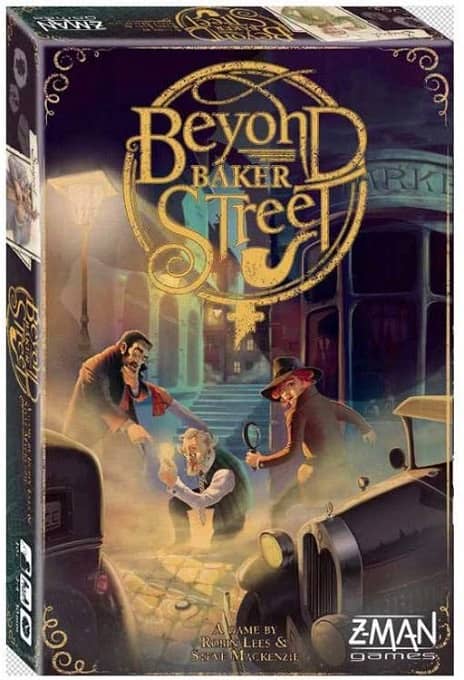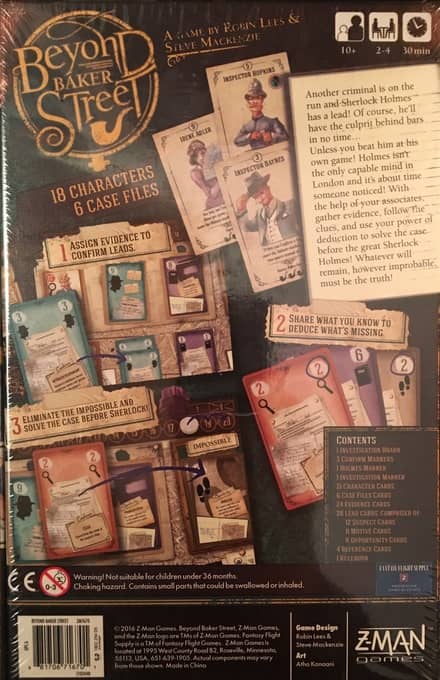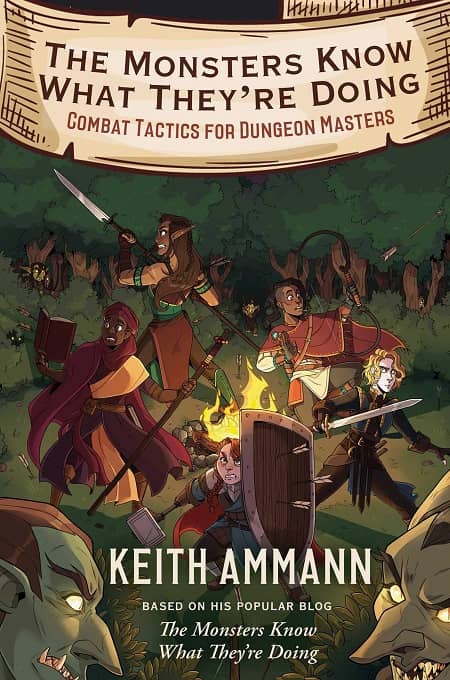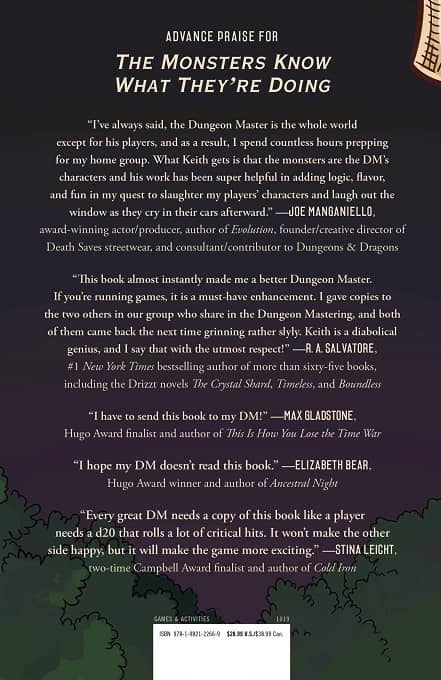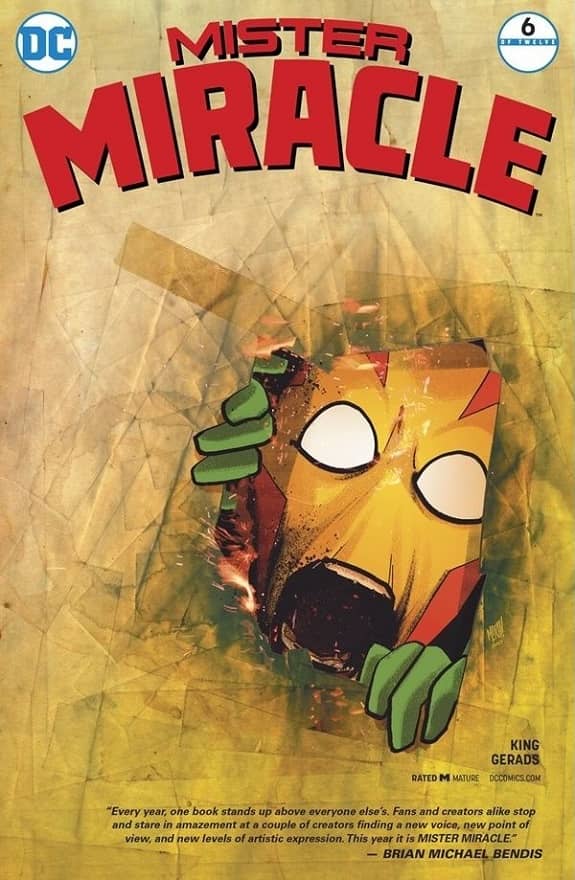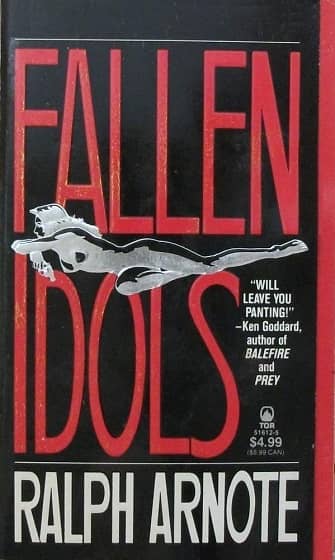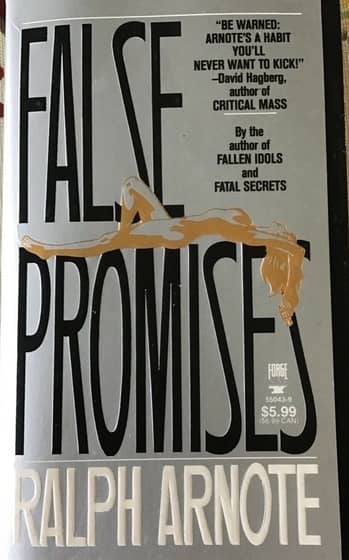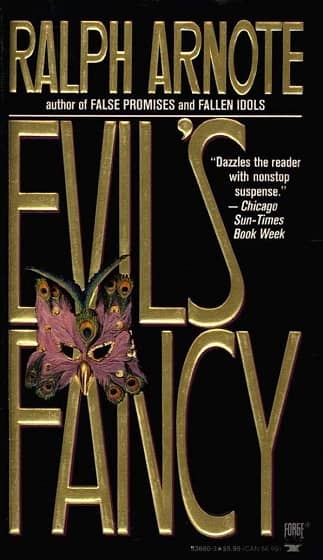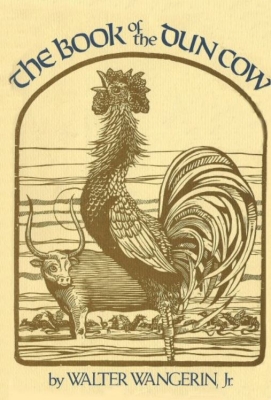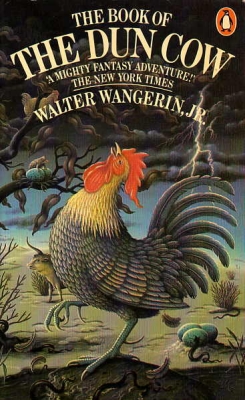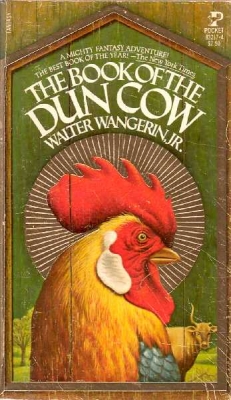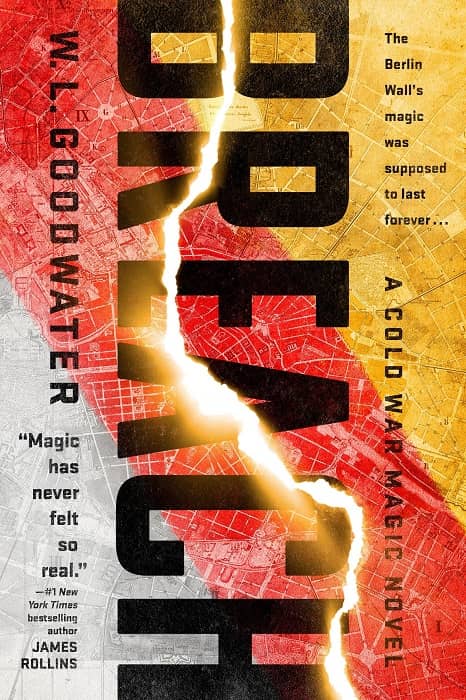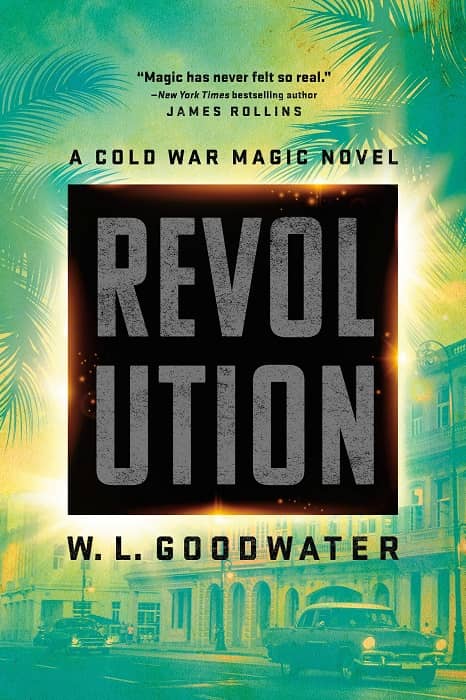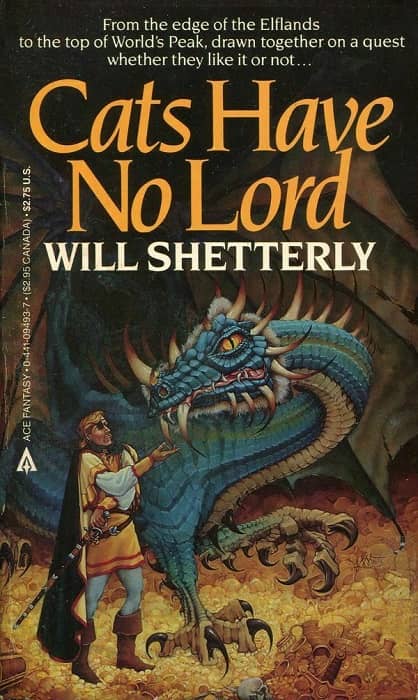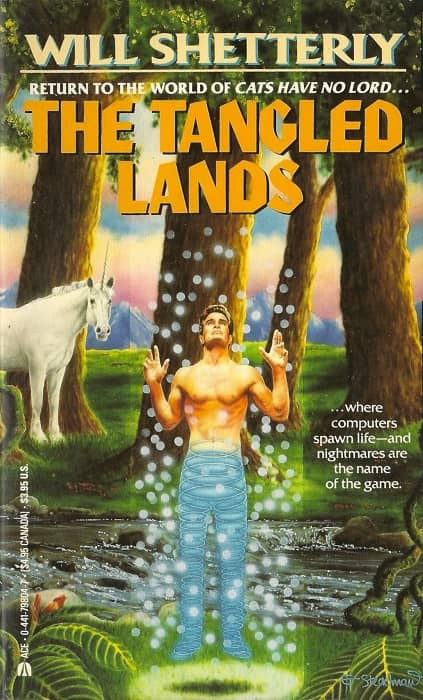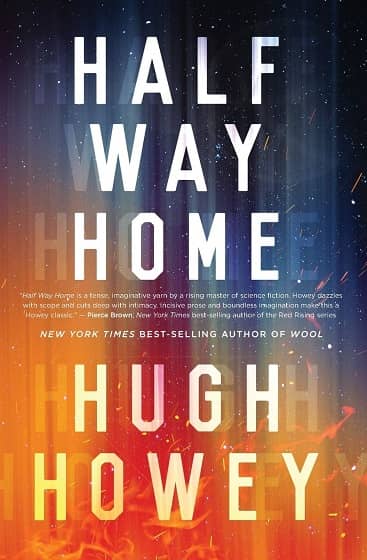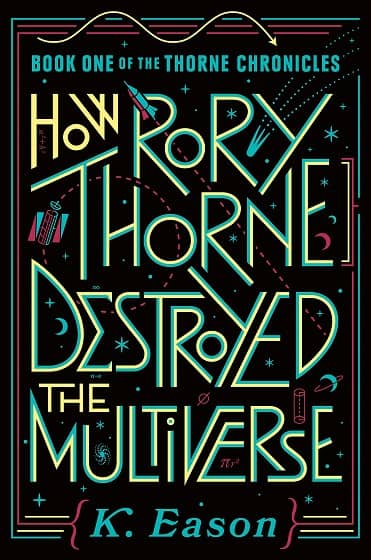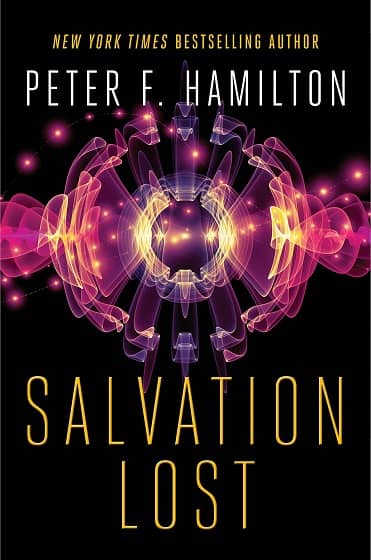A (Black) Gat in the Hand: Steve Scott on John D. MacDonald’s ‘Park Falkner’
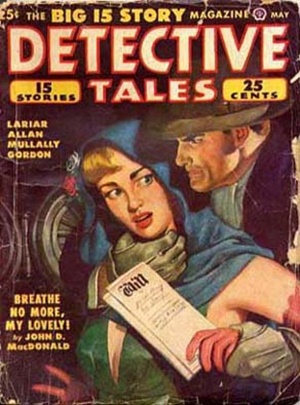 “You’re the second guy I’ve met within hours who seems to think a gat in the hand means a world by the tail.” – Phillip Marlowe in Raymond Chandler’s The Big Sleep
“You’re the second guy I’ve met within hours who seems to think a gat in the hand means a world by the tail.” – Phillip Marlowe in Raymond Chandler’s The Big Sleep
(Gat — Prohibition Era term for a gun. Shortened version of Gatling Gun)
Steve Scott runs The Trap of Solid Gold. It’s not just a blog dedicated to my favorite author. It’s THE blog dedicated to the late, great John D. MacDonald. It is absolutely the best place on the web to read about JDM. Period. I was going to do a post on an early, quickly aborted attempt by MacDonald to write a series character – if two stories qualifies as a series. Then I remembered, I had read a post by Steve on one of those stories. Turns out, he’d covered both of them. And his essays were FAR better than anything I could have come up with. So, I got permission from Steve to combine them and run a long post as part of A (Black) Gat in the Hand. Woohoo! Read on about the not-a-private eye, Park Falkner
Story One – “Breathe No More My Lovely”
Long before Travis McGee was even a random thought in the mind of author John D MacDonald, before he had established himself as a first-rate writer of crime fiction, before he had even a full year of life as a published author, MacDonald began experimenting with a “series” character. In two early Doc Savage submissions, “Private War” in December 1946 and “Eight Dozen Agents” in January 1947, he created a hero he called Benton Walters. Having never read either of these stories, I don’t know if Walters was a private eye, a secret agent or a super hero.
According to Ed Hirshberg, he was a “war veteran… working at a humdrum civilian job somewhere in the northeastern United States…” who was disillusioned with his “unexciting” postwar job. Sounds like a great idea for a series. I do know that MacDonald quickly dropped the idea, writing to Babette Rosmond (the editor of Doc Savage):
“Honest to God — I’m never going to start another series. They are limiting and I hate them.”
Sixteen years later Travis McGee was attempting to have a quiet evening a home while Chookie McCall was dancing up a storm in the lounge of The Busted Flush.
